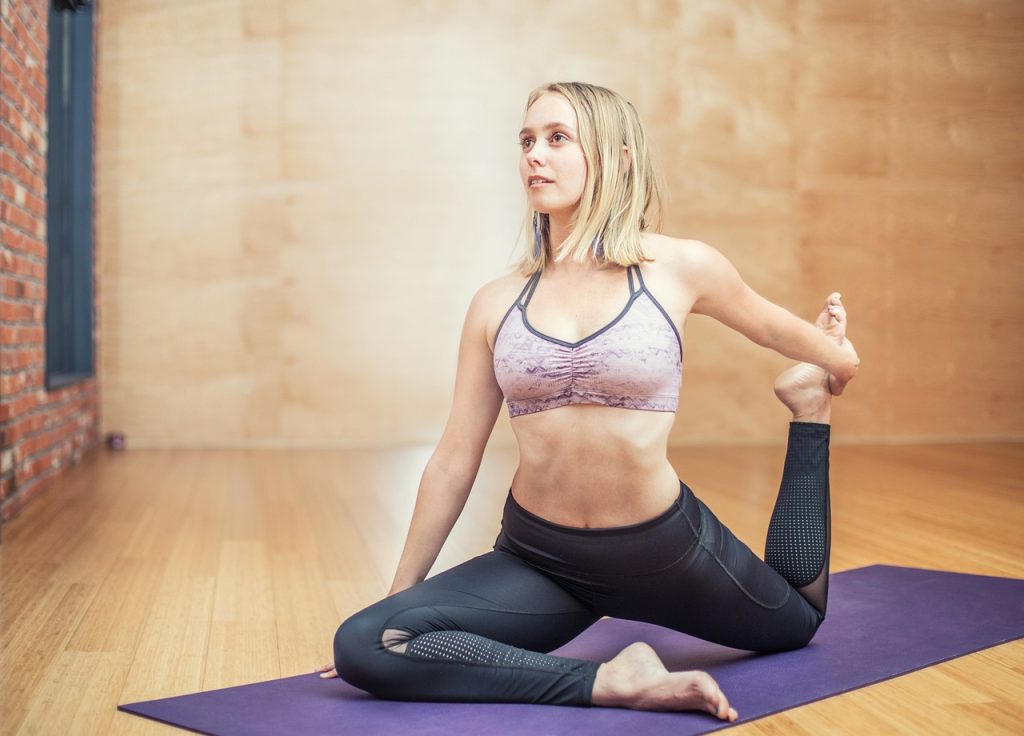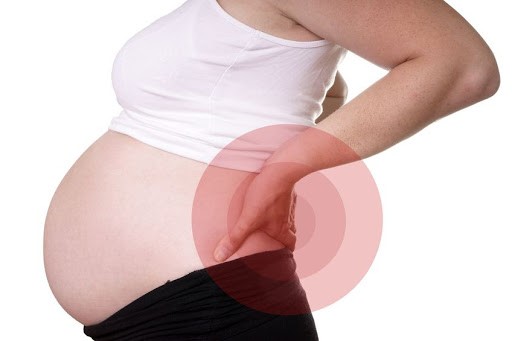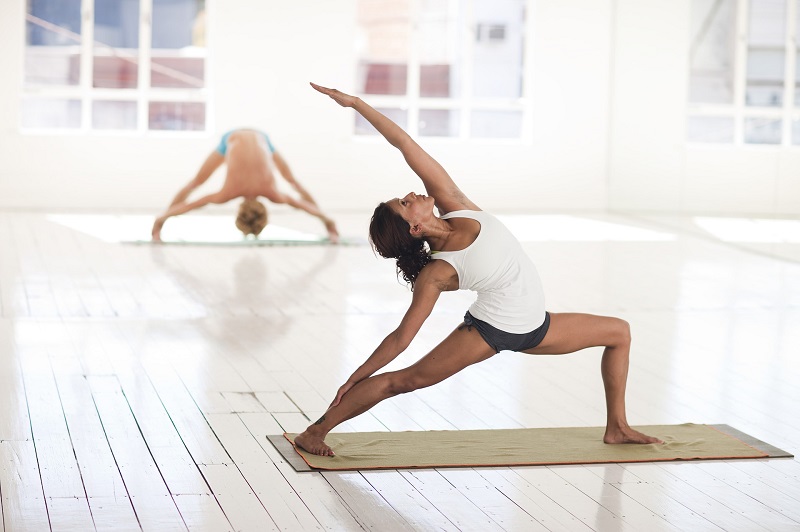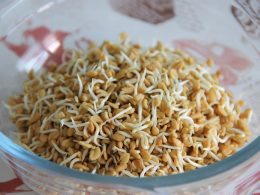Table of Contents
Yoga and Pilates are two popular exercise methods that are often compared and confused with each other. While both of these practices share some similarities, they are quite different in terms of their origin, focus, techniques, and benefits. In this article, we will dive deep into the world of yoga and Pilates and explore the differences between these two popular exercise methods.

Yoga: A Brief History and Origin
Yoga is a spiritual practice that originated in ancient India around 5,000 years ago. It was developed as a way to achieve physical, mental, and spiritual harmony. The word yoga comes from the Sanskrit word “yuj,” which means to unite or to join. The practice of yoga involves a series of physical postures called asanas, breath control techniques known as pranayama, and meditation. Yoga has been widely practiced in India for centuries and has become popular in the Western world in recent years due to its numerous health benefits.
The Most Popular Types of Yoga
Here are some of the most popular types of yoga:
Hatha Yoga
Hatha yoga is the most common form of yoga practiced in the West. It focuses on physical postures and breathing techniques to help improve strength, flexibility, and balance.
Vinyasa Yoga
Vinyasa yoga is a more dynamic and energetic form of yoga that involves moving from one pose to another in a flowing sequence. It is often described as a “moving meditation” and is popular for its ability to increase cardiovascular fitness and promote mindfulness.
Ashtanga Yoga
Ashtanga yoga is a challenging and physically demanding form of yoga that involves a set sequence of poses. It is often taught in a traditional Mysore-style format, where students practice independently but are guided by a teacher.
Iyengar Yoga
Iyengar yoga is a precise and alignment-focused form of yoga that uses props such as blocks, straps, and blankets to help students achieve proper alignment in each pose.
Bikram Yoga
Bikram yoga, also known as hot yoga, is a form of yoga that is practiced in a room heated to 105°F with 40% humidity. It involves a set sequence of 26 poses and is popular for its ability to improve flexibility and detoxify the body.
Restorative Yoga
Restorative yoga is a gentle and relaxing form of yoga that involves holding poses for several minutes at a time with the help of props such as bolsters and blankets. It is often used for stress relief and relaxation.
Kundalini Yoga
Kundalini yoga is a spiritual and meditative form of yoga that focuses on breathing techniques, meditation, and chanting. It is often used for spiritual growth and self-awareness.
Pilates: A Brief History and Origin
Pilates is a physical fitness system that was developed by Joseph Pilates in the early 20th century. Joseph Pilates was a German physical trainer who was interested in using exercise to improve posture, balance, and coordination. The Pilates method focuses on the concept of control and precision in movement. It involves a series of exercises performed on a mat or specialized equipment such as a Reformer or Cadillac. Pilates has become popular as a form of physical therapy and is also widely used in the fitness industry.
Yoga vs. Pilates: Focus and Techniques
The focus of Yoga: Mind, Body, and Spirit Connection
The primary focus of yoga is to achieve a balance between the mind, body, and spirit. It emphasizes the importance of mindfulness and being present in the moment. The physical postures or asanas in yoga are designed to improve flexibility, strength, and balance, while the breath control techniques or pranayama are used to calm the mind and increase focus. Yoga also incorporates meditation and relaxation techniques to promote mental clarity and reduce stress.
Focus of Pilates: Core Strength and Stability
The primary focus of Pilates is to strengthen the core muscles of the body, including the abdominal, back, and pelvic muscles. Pilates exercises are designed to improve posture, balance, and coordination, while also increasing flexibility and overall body strength. The Pilates method emphasizes controlled movements that require precision and concentration. It also places a strong emphasis on breathing and the mind-body connection.
Techniques of Yoga: Asanas, Pranayama, and Meditation
Yoga involves three main techniques: asanas, pranayama, and meditation. Asanas are the physical postures that are designed to increase strength, flexibility, and balance. Pranayama refers to breathing techniques that help to calm the mind and increase focus. Meditation involves clearing the mind and focusing on the present moment to promote mental clarity and reduce stress. Yoga also incorporates various other techniques, such as chanting and visualization.
Techniques of Pilates: Matwork and Equipment-based Exercises
Pilates involves two main techniques: matwork and equipment-based exercises. Matwork exercises are performed on a mat and use body weight as resistance. Equipment-based exercises use specialized equipment such as the Reformer or Cadillac to provide additional resistance and support. The Pilates method emphasizes controlled movements and precise form to improve posture, balance, and coordination. Breathing techniques are also an important aspect of Pilates, with an emphasis on deep, diaphragmatic breathing.
The Benefits of Yoga and Pilates in Pregnancy

Alleviates Discomforts
Yoga and Pilates can help alleviate some of the discomforts associated with pregnancy, such as back pain, nausea, and fatigue. Prenatal yoga classes are designed to cater to the unique needs of pregnant women and often include modifications to poses to accommodate the growing belly.
Improved Flexibility
Yoga helps improve flexibility during pregnancy. As the pregnancy progresses, the body undergoes many changes, including changes in hormones, which can lead to stiffness and discomfort. Practicing yoga can help maintain or improve flexibility, which can make it easier to perform daily tasks and prepare for labor and delivery.
Strength and Balance
Both yoga and Pilates help improve strength and balance. Prenatal Pilates classes often focus on strengthening the core muscles, which can help support the growing belly and reduce back pain. Yoga classes include poses that help improve overall strength and balance.
Reduced Stress and Anxiety
Pregnancy can be a stressful time, but practicing yoga and Pilates can help reduce stress and anxiety. These practices include breathing techniques and relaxation exercises that can help calm the mind and reduce anxiety.
Preparation for Labor and Delivery
Certain yoga and Pilates poses and exercises can help prepare the body for labor and delivery. Squatting exercises, pelvic floor exercises, and breathing techniques can all help prepare the body for the physical demands of childbirth.
Improved Posture
Both yoga and Pilates can help improve posture, which can help prevent back pain and other discomforts. Practicing good posture during pregnancy can also help prepare the body for labor and delivery.
Rehabilitation after Delivery
After childbirth, the body undergoes many changes, and practicing yoga and Pilates can help with postpartum rehabilitation. These practices can help improve strength, flexibility, and balance, which can make it easier to care for a newborn and return to pre-pregnancy activities.
The Physical Benefits of Yoga and Pilates
Increased Flexibility and Range of Motion
One of the primary physical benefits of practicing yoga and Pilates is increased flexibility and range of motion. Both practices incorporate stretches and poses that target different areas of the body, helping to improve joint mobility and relieve muscle tension.
Benefits of yoga for flexibility
- Increases range of motion in joints
- Improves posture and alignment
- Reduces risk of injury
- Increases blood flow and oxygen to muscles
- Relieves muscle tension and soreness
Benefits of Pilates for flexibility:
- Improves spinal mobility
- Increases joint mobility and range of motion
- Increases flexibility and strength in muscles
- Improves posture and alignment
- Reduces risk of injury
Improved Strength and Muscle Tone
In addition to improving flexibility, practicing yoga and Pilates can also help to improve strength and muscle tone. Both practices utilize bodyweight exercises and resistance training to build muscular endurance and increase overall body strength.
Benefits of yoga for strength
- Builds muscular endurance
- Increases overall body strength
- Tones and defines muscles
- Improves balance and stability
- Reduces risk of osteoporosis
Benefits of Pilates for strength
- Increases muscular endurance
- Tones and defines muscles
- Improves core strength and stability
- Improves balance and coordination
- Reduces risk of injury
Better Balance and Stability
Yoga and Pilates can also help to improve balance and stability, which is especially important as we age. Both practices incorporate poses and exercises that challenge the body’s ability to maintain balance and improve proprioception (awareness of body position).
Benefits of yoga for balance
- Improves stability and balance
- Strengthens muscles used for balance
- Increases proprioception (awareness of body position)
- Reduces risk of falls and injuries
- Improves posture and alignment
Benefits of Pilates for balance
- Improves balance and stability
- Strengthens core muscles used for balance
- Improves proprioception and body awareness
- Reduces risk of falls and injuries
- Improves posture and alignment
Enhanced Posture and Alignment
Another benefit of practicing yoga and Pilates is improved posture and alignment. Both practices focus on maintaining proper form and alignment during exercises, which can help to relieve tension in the neck, shoulders, and back.
Benefits of yoga for posture
- Improves spinal alignment
- Relieves tension in neck and shoulders
- Improves breathing and lung capacity
- Increases body awareness
- Reduces risk of back pain
Benefits of Pilates for alignment
- Improves overall body alignment
- Relieves tension in neck, shoulders, and back
- Increases body awareness and control
- Improves breathing and lung capacity
- Reduces risk of back pain
Boosted Cardiovascular Health
While yoga and Pilates are not typically associated with cardiovascular exercise, both practices can still have a positive impact on heart health. Certain types of yoga, such as vinyasa and power yoga, can increase heart rate and provide a cardiovascular workout.
Benefits of yoga for cardiovascular health
- Increases heart rate and blood flow
- Improves circulation
- Reduces risk of heart disease and stroke
- Lowers blood pressure
- Improves lung function and oxygen uptake
Benefits of Pilates for cardiovascular health
- Improves circulation and blood flow
- Increases lung capacity
- Reduces stress and anxiety
- Enhances relaxation and mental clarity
- Lowers risk of heart disease and stroke
How To Choose Between Yoga and Pilates?

Determine Your Goals
What are you hoping to achieve through your practice? If you’re looking to increase flexibility and relaxation, yoga might be the best choice. If you’re looking to improve strength and core stability, Pilates might be the better option.
Consider Your Fitness Level
Yoga and Pilates are adaptable practices, but some styles and classes may be more challenging than others. If you’re new to exercise, a beginner yoga or Pilates class might be a good starting point.
Think About Your Preferences
Do you prefer a more spiritual or meditative practice? Then yoga might be for you. If you like a more structured, fitness-based practice, Pilates might be a better fit.
Try Both
The best way to determine which practice is right for you is to try both. Most studios offer drop-in classes or trial memberships, so you can try a variety of styles and teachers to see what resonates with you.
FAQs
What Are the Differences Between Yoga and Pilates?
The main differences between yoga and Pilates are in their origins, techniques, and focus. Yoga is a spiritual practice that originated in ancient India and emphasizes the mind, body, and spirit connection. Pilates, on the other hand, is a physical fitness system that was developed in the early 20th century and emphasizes core strength and stability. The techniques used in each practice are also different, with yoga incorporating asanas, pranayama, and meditation, while Pilates focuses on controlled movements and precise form using matwork and specialized equipment.
Can Yoga and Pilates Be Combined?
Yes, yoga and Pilates can be combined to create a comprehensive workout that incorporates the benefits of both practices. There are many classes and programs available that blend the two practices, often referred to as “yogalates” or “piyoga.” Combining yoga and Pilates can provide a balanced workout that improves flexibility, strength, balance, and mental focus.
Which Is Better for Weight Loss: Yoga or Pilates?
Both yoga and Pilates can aid in weight loss by increasing metabolism, improving cardiovascular health, and burning calories. However, the effectiveness of each practice for weight loss may depend on individual factors such as fitness level and body composition. In general, Pilates may be more effective for weight loss as it emphasizes core strength and overall body conditioning.
Is Yoga or Pilates Better for Back Pain?
Both yoga and Pilates can help alleviate back pain, but the approach and focus are different. Yoga’s emphasis on flexibility, breathing, and mindfulness can help release tension and improve mobility in the spine. Yoga poses such as cat-cow, downward-facing dog, and cobra can gently stretch the back muscles and promote spinal alignment.
On the other hand, Pilates focuses on strengthening the core muscles, which can help support the spine and reduce back pain. Pilates exercises such as the pelvic tilt, bridge, and leg circles can improve the stability of the lower back and pelvis.
Can Yoga or Pilates Help with Anxiety and Depression?
Both yoga and Pilates have been shown to have a positive impact on mental health, including anxiety and depression. Yoga’s focus on breathing and mindfulness can help reduce stress and promote relaxation. Certain yoga poses, such as the corpse pose, can also help calm the mind and body.
Pilates, while not traditionally associated with mental health benefits, has also been shown to improve mood and reduce anxiety. The mind-body connection that is emphasized in Pilates can lead to a greater sense of well-being and self-awareness.
Yoga vs. Pilates: Which One Should You Choose?
Both yoga and Pilates offer numerous health benefits and can be a great addition to your fitness routine. However, the choice between yoga and Pilates ultimately comes down to your personal preferences and fitness goals. If you’re looking for a practice that emphasizes spiritual and mental well-being, then yoga may be the right choice for you. If you’re looking to improve core strength, stability, and overall fitness, then Pilates may be a better fit. It’s important to try both practices and see which one you enjoy the most and find the most beneficial for your individual needs.
Conclusion:
In conclusion, while yoga and Pilates may seem similar, they are different practices that offer unique benefits. Yoga focuses on the mind-body-spirit connection and uses asanas, pranayama, and meditation to improve physical and mental health, while Pilates focuses on core strength and stability and uses matwork and equipment-based exercises to improve posture, flexibility, and coordination. Whether you choose yoga or Pilates, both practices can improve your physical and mental health, reduce stress, and help you achieve a balanced and harmonious lifestyle.















